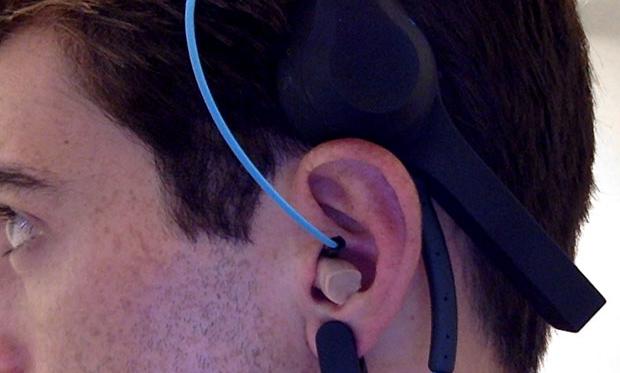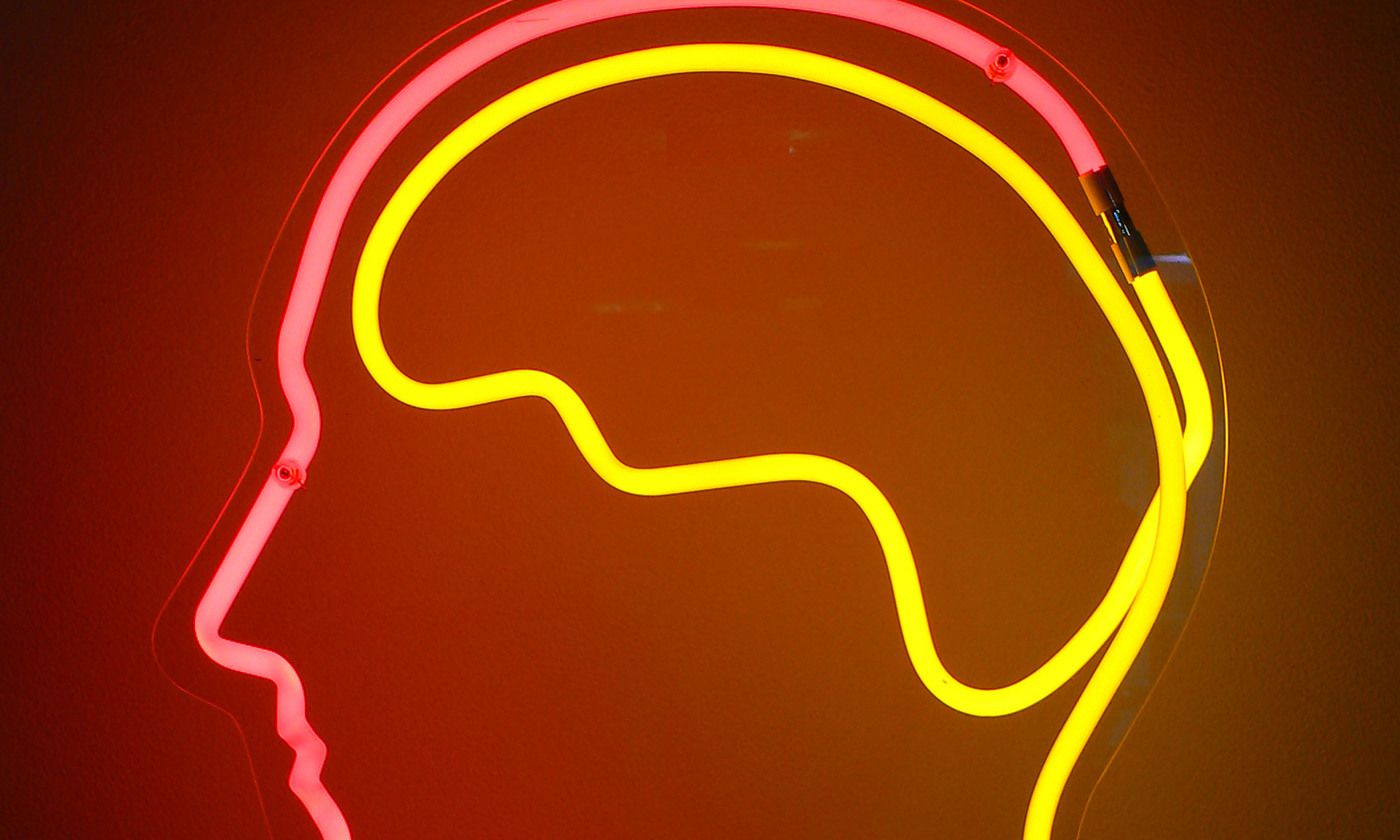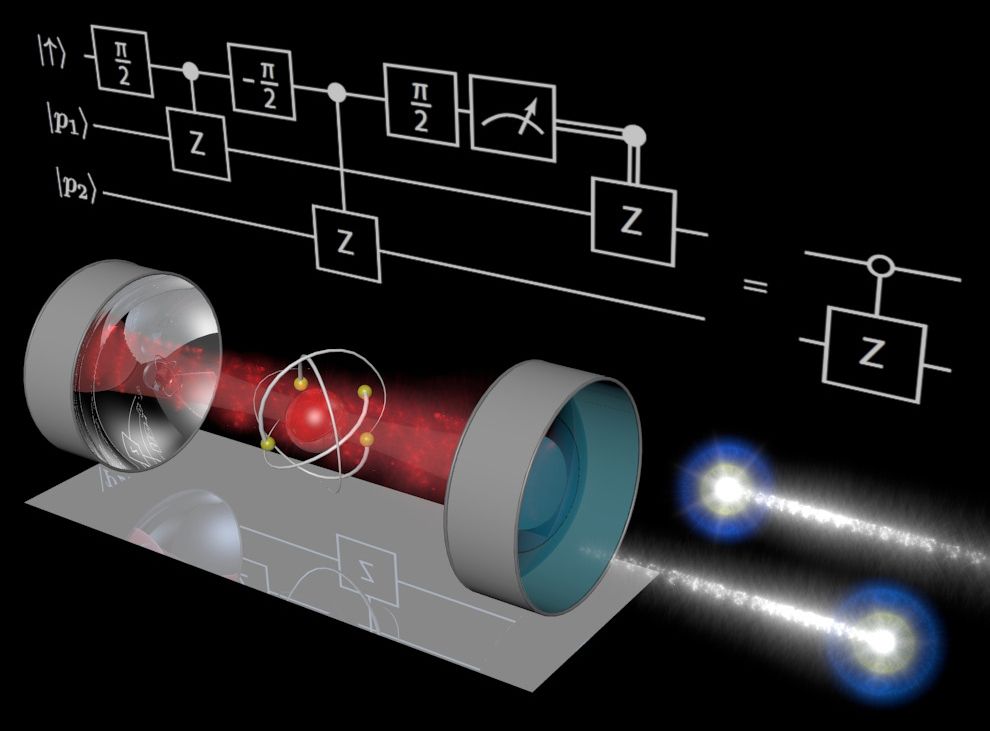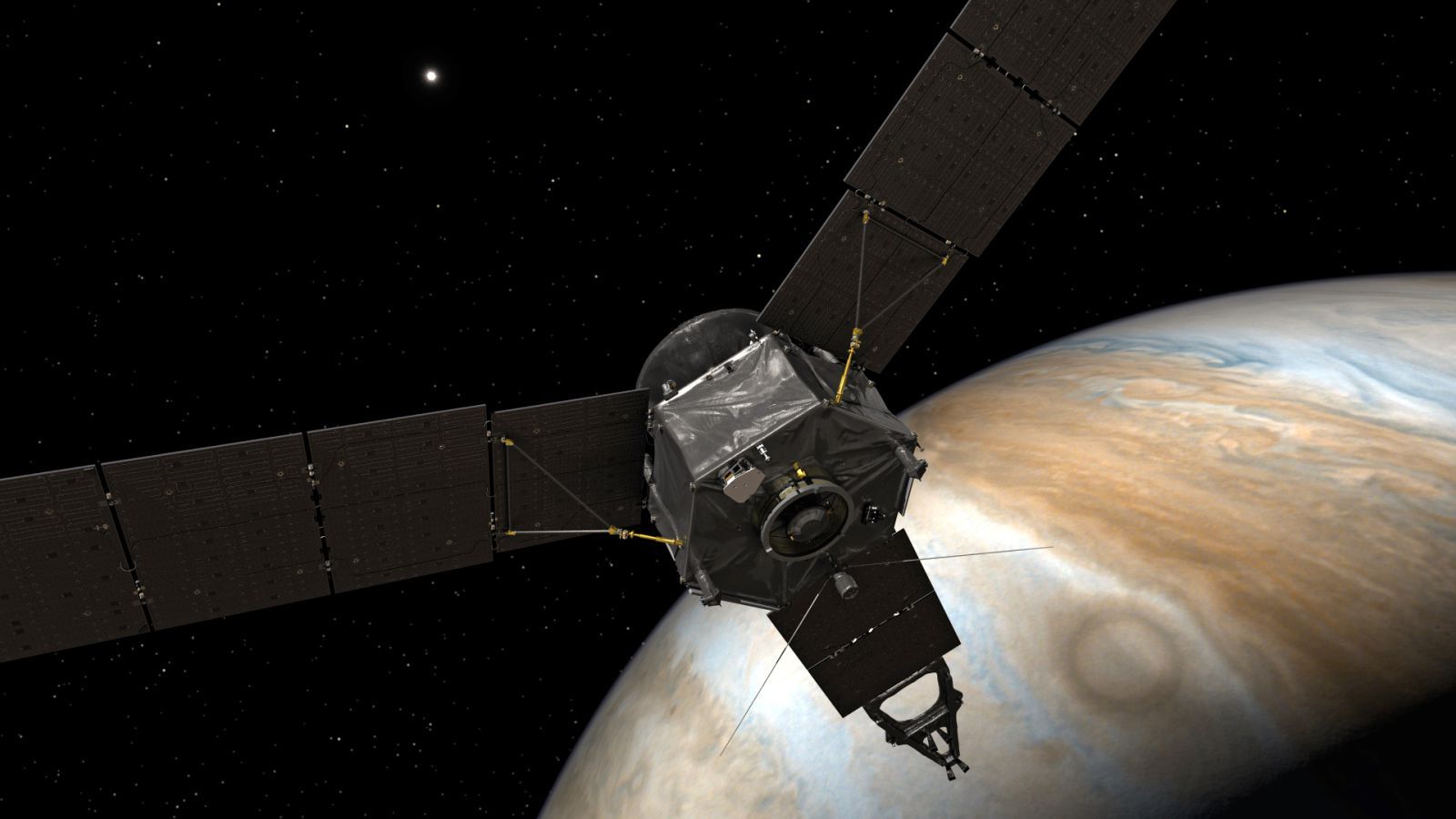Page 11357
Jul 8, 2016
Era of conventional wars over: Russia scientist
Posted by Karen Hurst in categories: military, robotics/AI, space
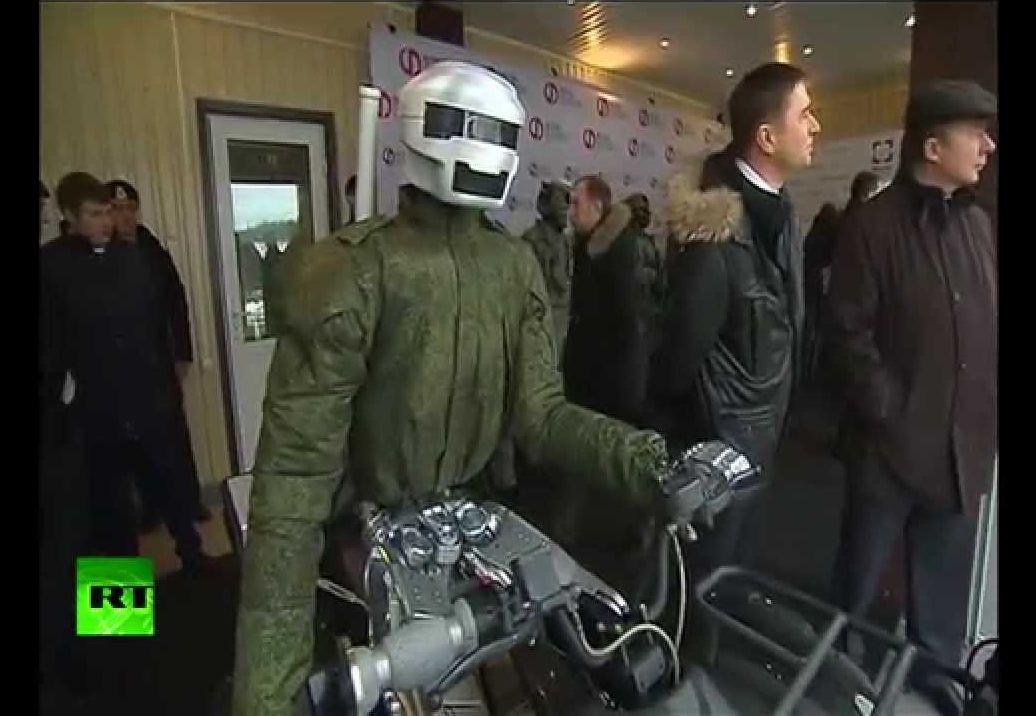
Definitely could be tied to and explain some of IARPA’s investment in predictive systems “Robots to determine outcome of future wars: Russian army’s tech chief”
Robots will replace conventional soldiers on the battlefield in the future, says the Russian military’s tech chief.
Continue reading “Era of conventional wars over: Russia scientist” »
Jul 8, 2016
In-Ear EEG Makes Unobtrusive Brain-Hacking Gadgets a Real Possibility
Posted by Karen Hurst in category: neuroscience
DARPA has been doing some interesting things in BMI already. Nice to see others onboard as well.
Earbud-like doodads can pick up brainwaves with surprising fidelity.
Jul 8, 2016
The mind isn’t locked in the brain but extends far beyond it
Posted by Karen Hurst in categories: neuroscience, robotics/AI
There is a lot of truth to this article especially as you look at how the mind responds/ reacts to situations, ideas, etc. has also other factors involved such as how a person overall immune system is responding, chemical balance of a person’s system, etc. So, this reconfirms that thinking and being human goes far beyond a replica of a brain in a system.
Where is your mind? Where does your thinking occur? Where are your beliefs? René Descartes thought that the mind was an immaterial soul, housed in the pineal gland near the centre of the brain. Nowadays, by contrast, we tend to identify the mind with the brain. We know that mental processes depend on brain processes, and that different brain regions are responsible for different functions. However, we still agree with Descartes on one thing: we still think of the mind as (in a phrase coined by the philosopher of mind Andy Clark) brainbound, locked away in the head, communicating with the body and wider world but separate from them. And this might be quite wrong. I’m not suggesting that the mind is non-physical or doubting that the brain is central to it; but it could be that (as Clark and others argue) the mind extends beyond the brain.
To begin with, there is a strong case for thinking that many mental processes are essentially embodied. The brainbound view pictures the brain as a powerful executive, planning every aspect of behaviour and sending detailed instructions to the muscles. But, as work in robotics has illustrated, there are more efficient ways of doing things, which nature almost certainly employs. The more biologically realistic robots perform basic patterns of movement naturally, in virtue of their passive dynamics, without the use of motors and controllers. Intelligent, powered control is then achieved by continuously monitoring and tweaking these bodily processes, sharing the control task between brain and body.
Continue reading “The mind isn’t locked in the brain but extends far beyond it” »
Jul 8, 2016
This innovation could change space travel forever
Posted by Sean Brazell in categories: particle physics, space travel
While there are several forms of ion propulsion, the version Brophy used on Dawn involves two grids, each about a foot wide and spaced half a millimeter apart. An electrical system powered by a solar array on the spacecraft passes a current through both grids, and the resulting voltage differential between the two is what accelerates the xenon particles as they pass through the grids. Each accelerating particle only provides a tiny amount of thrust — roughly equivalent to the pressure of a piece of paper lying in your hand — but in the airless and frictionless environment of space, a steady stream of that tiny thrust can build up to monumental speeds of about 24,000 miles-per-hour.
What Brophy and his coworkers aimed to do was build a grid and propulsion system that could pull this off, and demonstrate that the setup was durable enough to survive the whole mission. So before both Deep Space 1 and Dawn, they ran versions of the ion system here on Earth continuously for years to demonstrate their lifespan.
Finally, the Dawn mission became possible when Ceres and Vesta reached a once-every-17-years alignment, allowing the mission to visit them both. “That was really a great boon for space exploration to do the two largest asteroids in the asteroid belt with one mission,” Russell explains.
Continue reading “This innovation could change space travel forever” »
Jul 8, 2016
Inside Microsoft’s plan to outsmart Google
Posted by Klaus Baldauf in categories: augmented reality, habitats, internet, mobile phones, robotics/AI
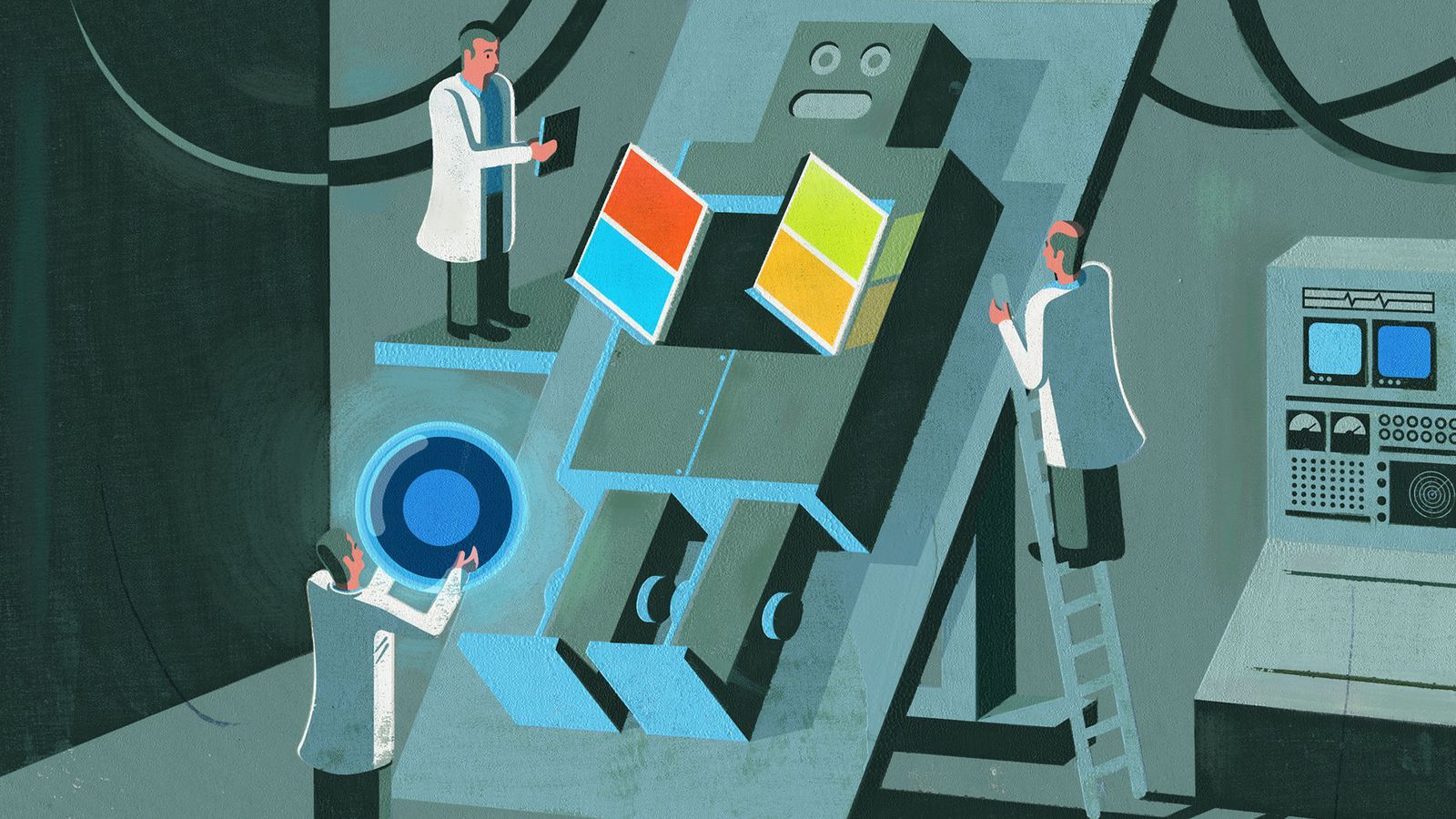
Satya Nadella bounded into the conference room, eager to talk about intelligence. I was at Microsoft’s headquarters in Redmond, WA, and the company’s CEO was touting the company’s progress in building more intelligent apps and services. Each morning, he told me, he puts on a HoloLens, which enables him to look at a virtual, interactive calendar projected on a wall of his house. Nadella appeared giddy as he described it. The system was intelligent, productive, and futuristic: everything he hopes Microsoft will be under his leadership.
No matter where we work in the future, Nadella says, Microsoft will have a place in it. The company’s “conversation as a platform” offering, which it unveiled in March, represents a bet that chat-based interfaces will overtake apps as our primary way of using the internet: for finding information, for shopping, and for accessing a range of services. And apps will become smarter thanks to “cognitive APIs,” made available by Microsoft, that let them understand faces, emotions, and other information contained in photos and videos.
Continue reading “Inside Microsoft’s plan to outsmart Google” »
Jul 7, 2016
Fantastic voyage to the nanoverse one step closer
Posted by Karen Hurst in categories: biotech/medical, engineering, nanotechnology, particle physics, robotics/AI
Robots so small they can enter the bloodstream and perform surgeries are one step closer, a research team from Monash University has discovered.
Led by Dr Zhe Liu, the Monash Engineering team has focused on graphene oxide — which is a single atom thick — as an effective shape memory material.
Graphene has captured world scientific and industrial interest for its miracle properties, with potential applications across energy, medicine, and even biomedical nano-robots.
Continue reading “Fantastic voyage to the nanoverse one step closer” »
Jul 7, 2016
Quantum processor for single photons
Posted by Klaus Baldauf in categories: computing, particle physics, quantum physics
“Nothing is impossible!” In line with this motto, physicists from the Quantum Dynamics Division of Professor Gerhard Rempe (director at the Max Planck Institute of Quantum Optics) managed to realise a quantum logic gate in which two light quanta are the main actors. The difficulty of such an endeavour is that photons usually do not interact at all but pass each other undisturbed. This makes them ideal for the transmission of quantum information, but less suited for its processing. The scientists overcame this steep hurdle by bringing an ancillary third particle into play: a single atom trapped inside an optical resonator that takes on the role of a mediator. “The distinct feature of our gate implementation is that the interaction between the photons is deterministic”, explains Dr. Stephan Ritter. “This is essential for future, more complex applications like scalable quantum computers or global quantum networks.”
In all modern computers, data processing is based on information being binary-coded and then processed using logical operations. This is done using so-called logic gates which assign predefined output values to each input via deterministic protocols. Likewise, for the information processing in quantum computers, quantum logic gates are the key elements. To realise a universal quantum computer, it is necessary that every input quantum bit can cause a maximal change of the other quantum bits. The practical difficulty lies in the special nature of quantum information: in contrast to classical bits, it cannot be copied. Therefore, classical methods for error correction cannot be applied, and the gate must function for every single photon that carries information.
Because of the special importance of photons as information carriers – for example, for communicating quantum information in extended quantum networks – the realisation of a deterministic photon-photon gate has been a long-standing goal. One of several possibilities to encode photonic quantum bits is the use of polarisation states of single photons. Then the states “0” and “1” of a classical bit correspond to two orthogonal polarisation states. In the two-photon gate, the polarisation of each photon can influence the polarisation of the other photon. As in the classical logic gate it is specified beforehand which input polarisation leads to which output polarisation. For example, a linear polarisation of the second photon is rotated by 90° if the first one is in the logic state “1”, and remains unchanged if the first one is in “0”.
Jul 7, 2016
How do we improve security and e-governance? Toomas Hendrik Ilves
Posted by Roman Mednitzer in categories: governance, security

“Estonia right now is one of the biggest champions of the digital single market in Europe.”
Jul 7, 2016
How the end of the Cold War forced NASA to make its Jupiter spacecraft solar-powered — By Akshat Rathi | Quartz
Posted by Odette Bohr Dienel in categories: solar power, space
“NASA’s Juno spacecraft successfully entered an orbit around Jupiter … July 5 … . What’s even more remarkable is that it will do all this with only four 100-watt bulbs worth of power, which it will capture from the Sun using its huge wings made of nearly 20,000 solar cells. The achievement makes Juno the farthest solar-powered spacecraft from the Sun.”

